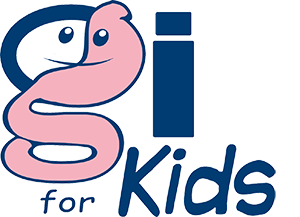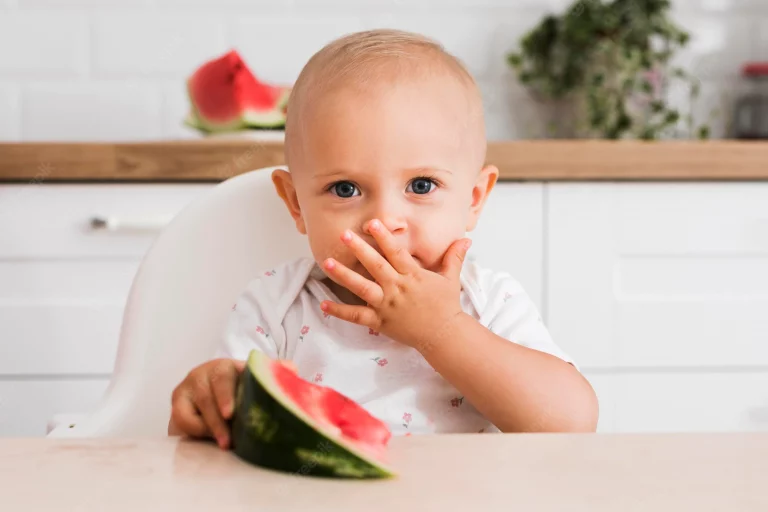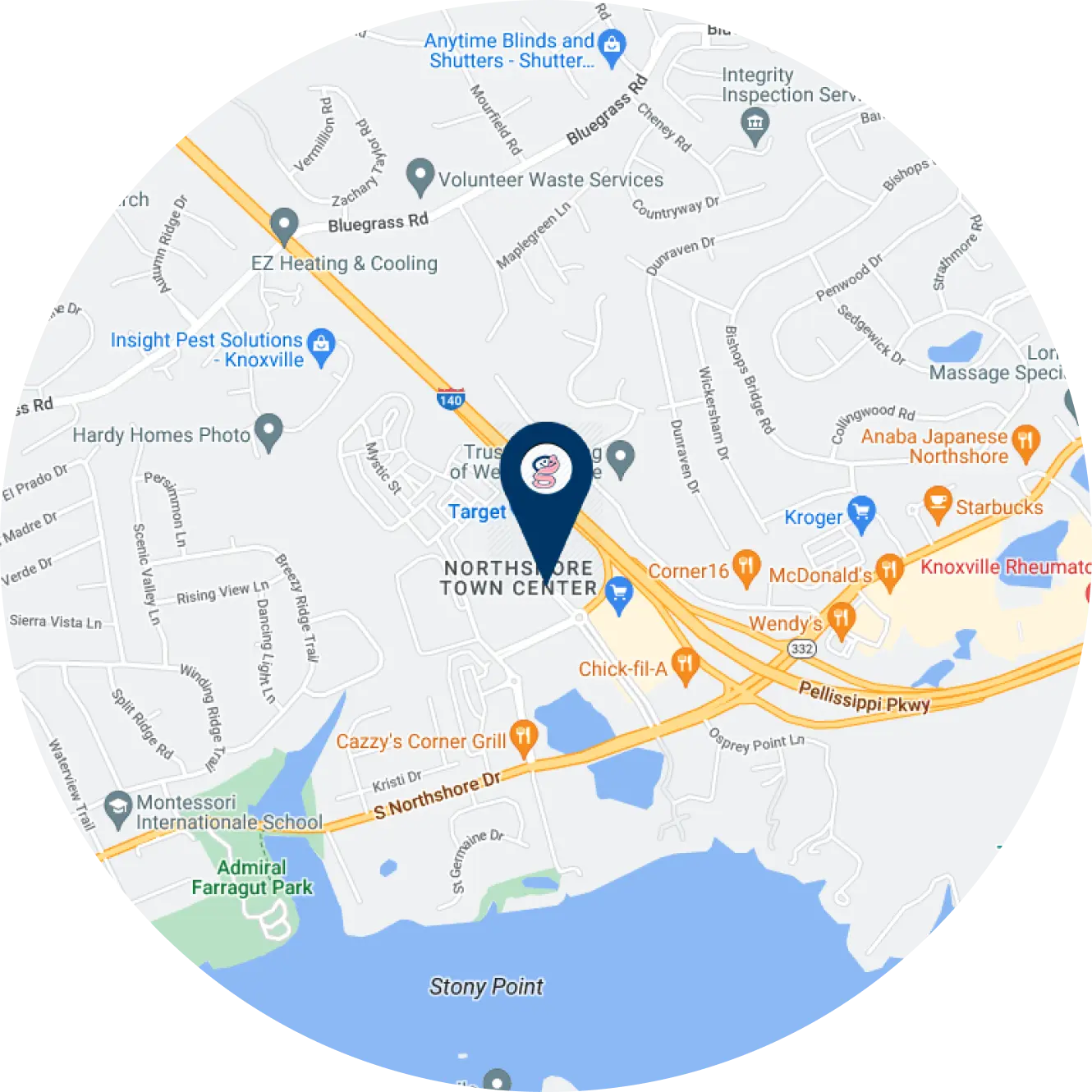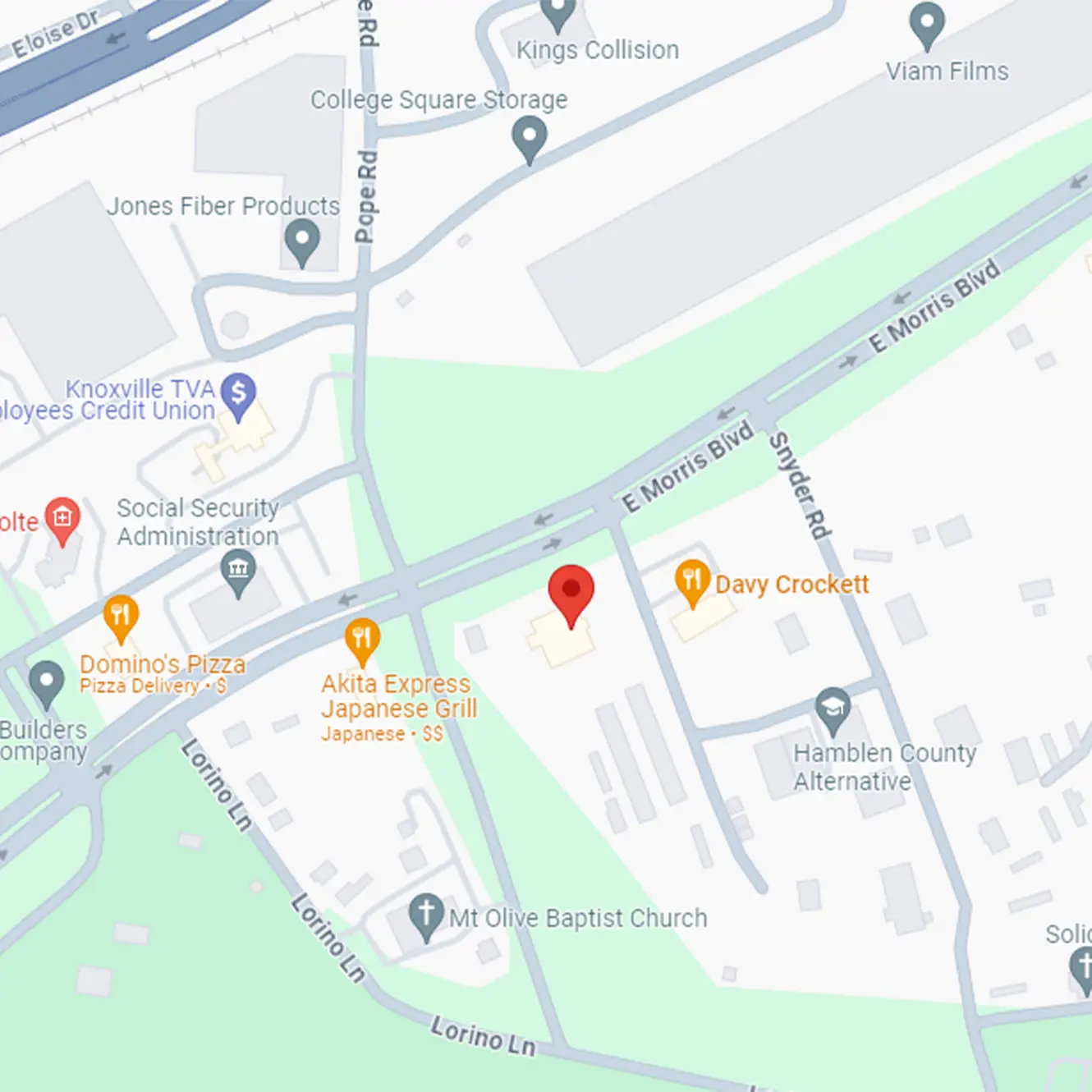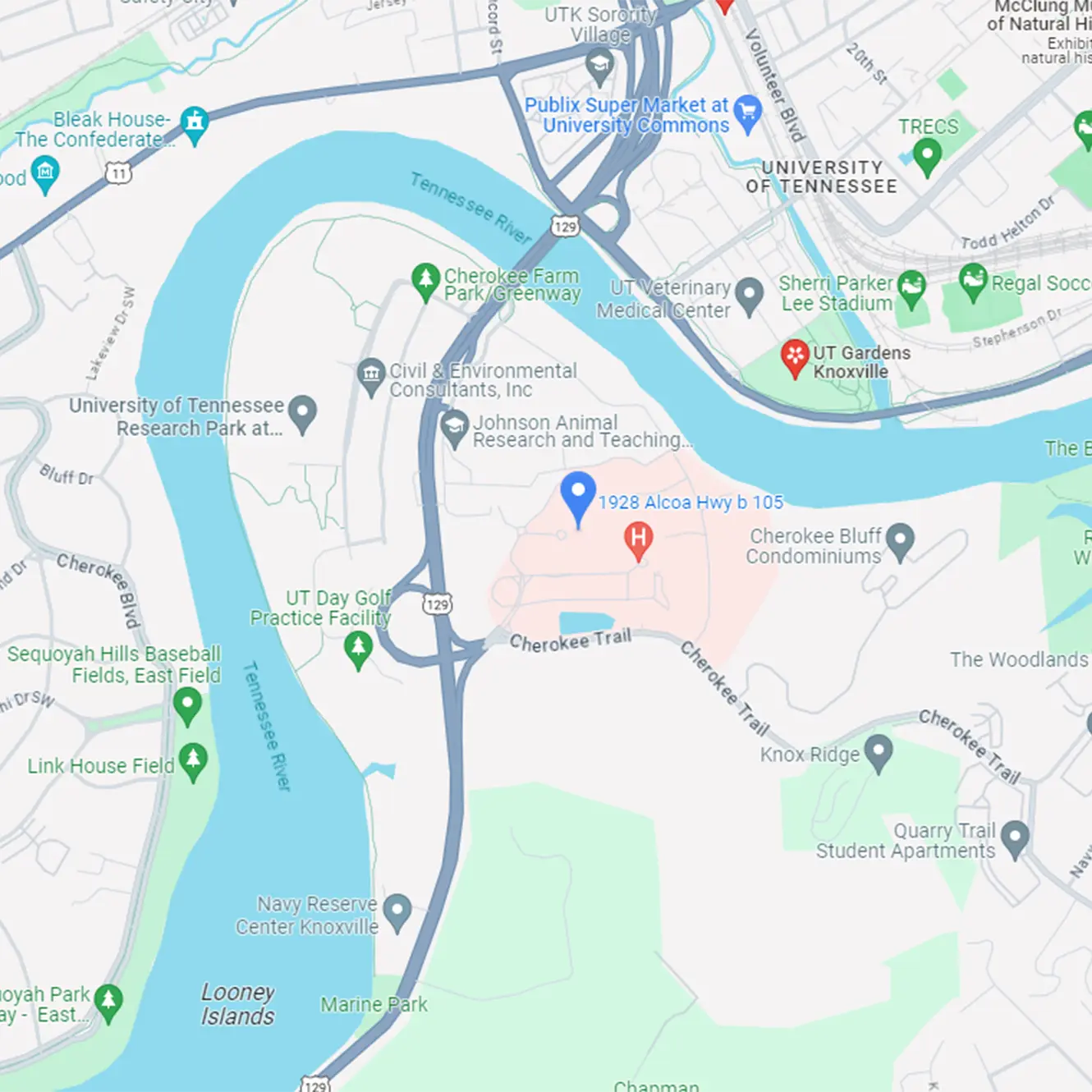THE  TRUTHS OF CONSTIPATION
TRUTHS OF CONSTIPATION
It may surprise you to learn that constipation is a very common problem for children. In fact, symptoms stemming from constipation account for around 20-25% of GI for Kids office visits each year. Treating constipation can be perplexing for parents since there are several possible causes, and a variety of treatments. But in all cases, identifying the source of the problem is the first, and best step to establishing a routine to help your child have regular bowel movements.
As you know, constipation is a digestive condition where bowel movements occur infrequently and are likely difficult to pass. But sometimes a child can have daily bowel movements that do not completely empty the colon and still be constipated. Other children only have bowel movements every 2-3 days and are completely constipation free! For these reasons, constipation is best diagnosed after a thorough review of patient history and physical exam by your provider. Some of the symptoms to watch for are:
- Stool that is hard in consistency and difficult or painful to pass. You may see blood on the outside of the stool due to tearing as it passes through the anus.
- Stools occur less than every 3 days regularly
- Stool accidents
- Abdominal pain
There are several causes for constipation ranging from the simple to the complex. In many instances constipation is a result of environmental changes instead of a medical problem. Several causes include:
- Diet-not consuming enough water or foods high in fiber such as fruits and vegetables or on the opposite side, consuming too much dairy like milk, cheese, yogurt and ice cream.
- Changes to routine such as starting school, vacation or increased stress. Kids typically don’t like to use school bathrooms due to cleanliness, time and modesty. The same holds true for vacation and stopping to use public restroom. Kids that have excess amounts of stress due to school, family or medical situations are prone to constipation.
- Toilet Training- beginning to potty train your child too early. Toddlers will recognize they can exert their will over the parent by withholding stools. Also, fear can play a part when first toilet training.
- Withholding- past painful poops, public restrooms, not taking time from play to go to the toilet.
- Medications/Supplements- Iron supplements, antihistamines, antacids containing calcium or aluminum, some asthma medications are common in the pediatric population and can cause constipation.
- Medical conditions- metabolic conditions such as thyroid disorders, colon disease (Hirschsprung’s disease, etc.), neurologic conditions like Spina Bifida, some auto-immune conditions like Celiac and Inflammatory Bowel Disease as well as food allergies can also contribute to symptoms. Medical conditions make up a fairly small percentage of causes of constipation in kids.
How do we treat constipation? After attempting to identify a potential cause of constipation, you can then begin to trial different treatments. Safe treatments to trial at home are:
- Dietary changes like increasing water intake, limiting dairy products and adding foods high in fiber such as fruits, veggies, beans, and whole grain breads.
- Establishing a toileting routine. The optimum times to attempt a bowel movement is in the morning after waking and after meals. Sitting on the toilet for 10-15 minutes and no longer as you don’t want your child to see this as a “time out” or punishment. Also, this is not playtime. your child needs to be clear that this is time to attempt to have a bowel movement. You may not want to give a tablet or phone to play with as this may take focus away from the objective.
- Increase physical activity- if you’re moving, your GI tract is moving. More often kids are leading a more sedentary lifestyle. With the increase use of video games, cell phones and the like, kids are coming home from school and spending time in front of a screen instead of going out to play. Adding 30 minutes of play each day can help alleviate simple constipation.
- Over-the-counter stool softeners can be used if they are age appropriate. Your pharmacist should be able to help you locate these items.
- Positional toileting with a step stool helps facilitate correct body alignment to help ease passage of stool.
When to see a medical provider? If you have tried some of the techniques above without success you should seek the care of your doctor. A complete history and physical will be done as well as other possible testing that may include an x-ray of the abdomen to determine how much stool your child is holding and/or blood work to help identify any underlying medical problems. Any significant amounts of blood from the rectum, rectal prolapse (tissue of the rectum protrudes from the anus), weight loss, skin rash, frequent fever, vomiting, poor appetite, joint pain or family history of GI disorders should always be evaluated by a physician.
Fortunately, most cases of constipation are not serious and improvement in symptoms can usually be achieved through a combination of lifestyle changes and/or laxatives.
It is frustrating for parents and kids alike when dealing with constipation but in most cases, with time and dedication, a regular bowel regimen can be established.
Sandy Kelley, RN
GI For Kids, PLLC

